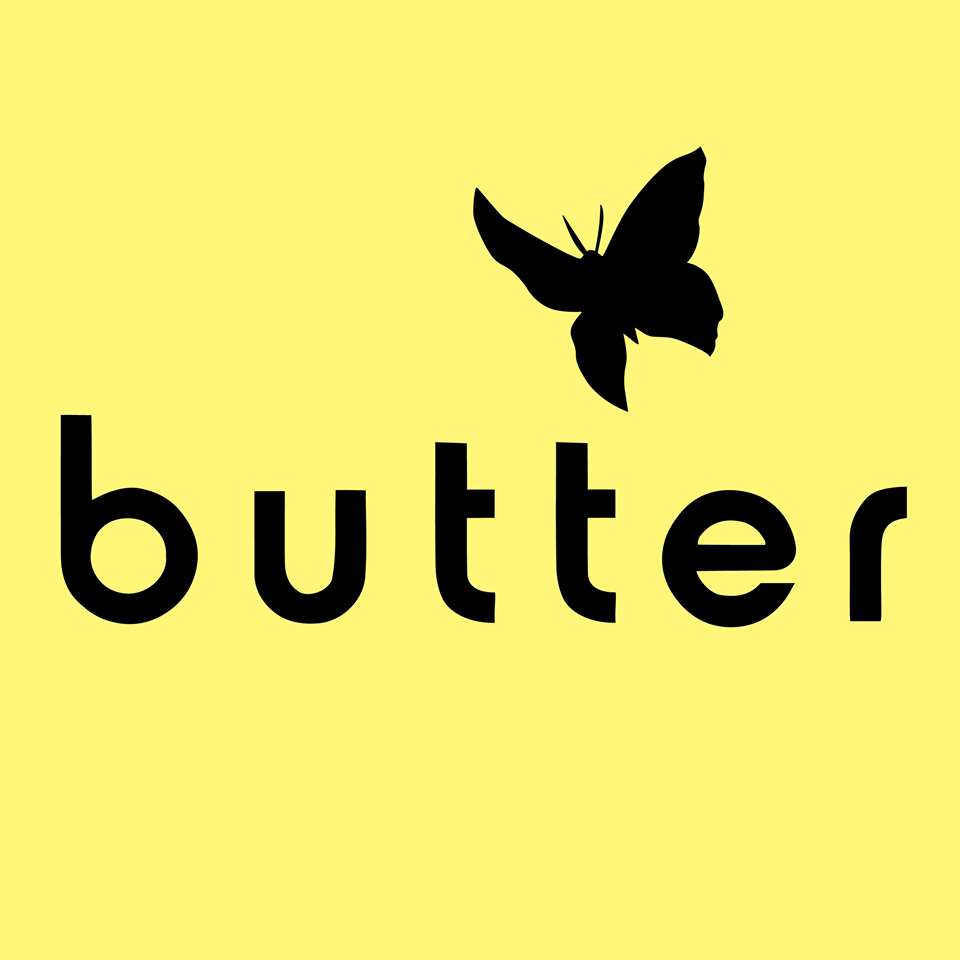may 2013 - why the butterfly?
Why the butterfly...
My father began collecting butterflies as an adult, scouring the surrounding fields and wooded areas of our suburban St. Paul home for any and all flying critters. I made these treks with him often. I learned that I was eyes to notice a flying creature, and the “rustler” who would scare up a butterfly for him to catch. We’d walk with cloth bag of baby food jars jangling at our side, a net in our hands, and the smells of life around us. Whenever I open a jar of dried dill, I can see myself walking alongside a railroad track in southeastern Minnesota on a hot summer day 40 years ago, amazed at finding blue Karners fluttering around us, now a threatened species.
Butterfly walks were a gift my dad gave me of time and experience. We’d gently nab a specimen in our net and then carefully inspect it to see if he had collected one “just like this” before. If not, into a jar it went, and back home for more careful testing and review and research. By the time he died, he had filled a four-drawer filing cabinet with glass-plated mountings of thousands of butterflies. Each lovingly displayed to show their unique markings and distinctions, with field notes (date, place, habitat) that now describe places that are suburban housing developments and dried up wetlands, and parking lots.
Every camping trip my family took around the state included a walk through the fields. As a kid I thought the trips were mostly to give my sister and I a history and scope of Minnesota, but now I think the driving factor was to be able to give my father a varied set of habitats to search for butterflies. During our walks, I learned to identify the major players; monarchs, swallowtails, tigers, cabbage - and could easily separate moths from butterflies (night and day). But I continued to be amazed at how many variants and different types we could find. They all seemed to look alike to me at first.
Butterflies are a marker of a diverse and rich eco-system. Each species developed to be particularly suited to a habitat, a plant, a climate. Each played a role in pollinating a very particular plant, learned to escape particular predators, and found ways to survive a local weather system. In doing so, even closely related species would develop variations that would allow them to survive their very particular circumstances. Color variations to match vegetation in which to camouflage themselves, size variations based on available food and shelter.
It is a sad picture of our current environment that butterflies (and moths) are on the decline, due primarily to loss of habitat and destruction of the variations that allowed them to thrive. It is a delight that many now recognize that even a small, varied garden can offer a place for these insects to find a home and that major developments are finding ways to re-create the habitats they have destroyed. It is, however, a bleak future if we lose a major source of pollinators, as cro
ps and flowers, and fruiting trees, and other plants struggle without the assistance they have relied on for eons.
So, I added a butterfly to my shop logo. It does keep me connected with my father, whose legacy funds from another of his collections (1950’s autographed baseball cards) helped me make the initial business purchase of the café. The butterfly also reminds me of the need to support a diverse, locally focused-business climate that can sustain a wide variety of shops and stores and services for our community to make use of. Where you find a diversity of commercial activity you can be assured of a vital, vibrant neighborhood.
And, as has been the story of the butterfly; I use this as a symbol of transformation. While the egg to larva to pupae to butterfly cycle is indeed a very easy transformative process to follow, much like our own human growth from egg to infant to adult. Transformations are a big part of my thinking here at the café: a transformation from waste-producing to zero-waste closed loop cycles; a transformation for the youth of Nicollet Square from homelessness to a stable secure adulthood. It also celebrates a transformation of a food economy that supports local family farms; a transformation of Nicollet Avenue South to a diverse residential-commercial corridor; and a transformation for myself as I learn to manage and operate a business that can sustain itself and its community.
It is the butterfly’s delicate balance that provides its beauty. Join me as I learn to take part in recognizing how all of play a productive role in creating a habitat where butterflies thrive.
